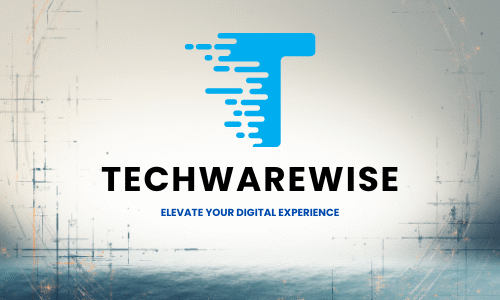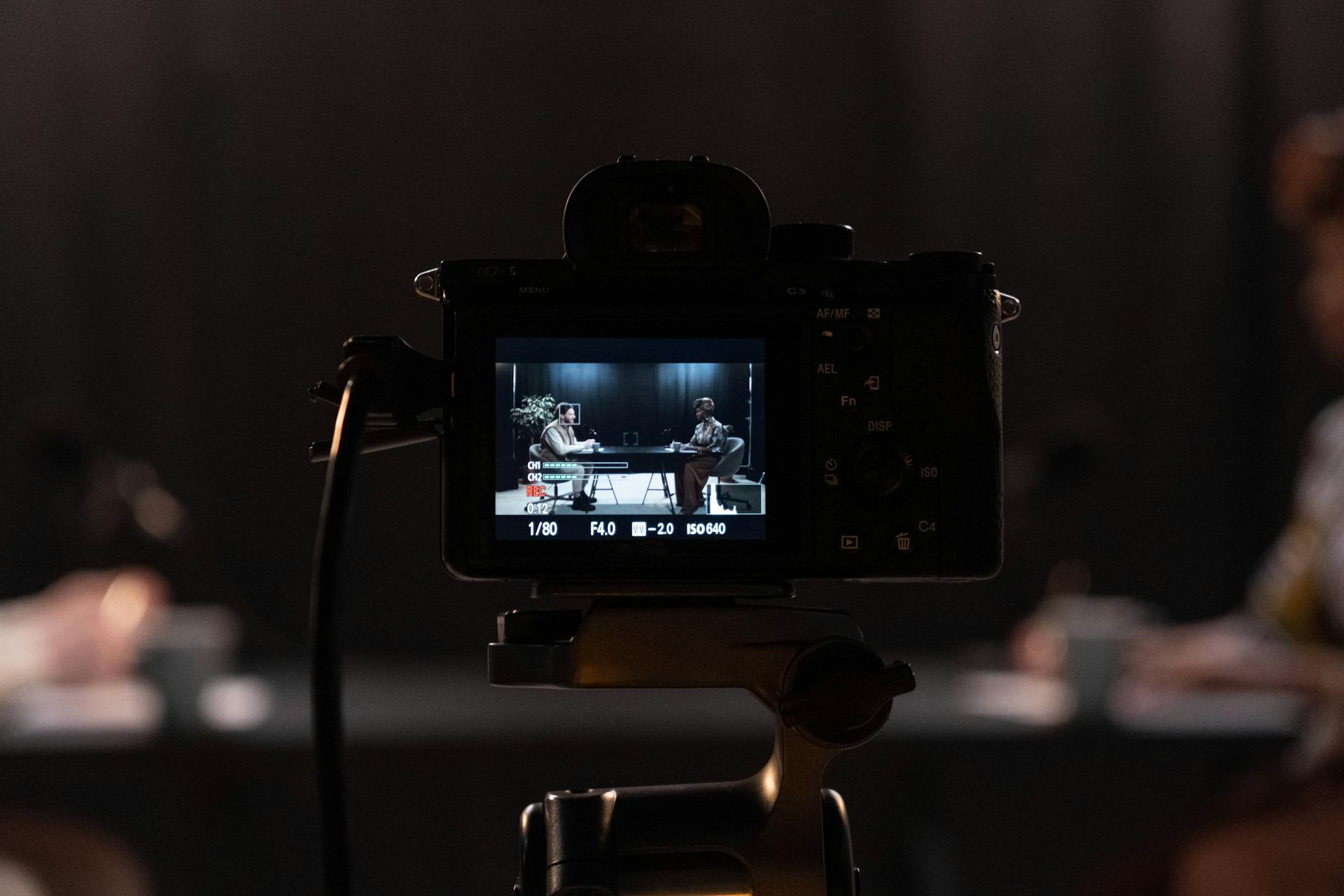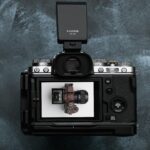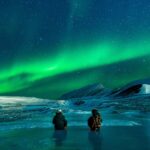
Every great podcast tells a story, not just through words, but through visual connection. I’ve seen how a good camera can change a simple chat into something amazing. It makes your audience feel like they’re right there with you.
In 2025, podcasting has grown a lot. Now, it’s not just about audio. The best camera for podcasting is about making real connections. With 64% of people preferring podcasts with video, the right equipment is key to success.
This guide will show you the latest camera options for podcasting. Whether you’re new or experienced, we’ll help you find the perfect camera. It will match your style and budget.
Key Takeaways
- Video quality significantly impacts podcast audience engagement
- Professional cameras can transform content creation
- Budget and technical needs determine the best podcasting camera
- Emerging camera technologies offer unprecedented recording capabilities
- Visual storytelling is key to podcast differentiation
Understanding Video Quality Requirements for Podcasting
Creating great content for podcasts is more than just audio. Your video quality is key to keeping your audience engaged. Knowing how to use a content creator camera is essential for success.
Podcasters today must focus on several video quality elements to stand out. The right gear can turn a simple podcast into a professional show.
Resolution and Frame Rate Standards
For podcasts that look professional, technical specs are important. Here are the minimum standards for quality video:
- Resolution: 1080p for clear visuals
- Frame rate: 30 fps for smooth motion
- Video clarity: Helps viewers see facial expressions
Impact of Video Quality on Audience Engagement
Viewers notice video quality. A good vlogging camera can keep viewers watching. Studies show that quality video builds trust and keeps viewers engaged.
Storage and Recording Time Considerations
Choosing the right camera is more than just image quality. Think about these important factors:
- Storage for high-resolution videos
- Battery life and continuous recording
- Storage options (internal vs. external)
Investing in quality video shows you care about your audience.
Best Camera for Podcasting: Essential Features Guide
Choosing the right camera for your podcast is important. A good youtube camera can greatly improve your content’s look and how well it connects with your audience.
When looking at live streaming cameras, pay attention to these key points:
- Autofocus Capabilities: Find cameras that quickly and keep focus sharp
- Resolution: Go for at least 1080p video quality
- Low-light Performance: It’s key for clear video in any light
- Audio Input Options: Make sure they work with external microphones
For those using a DSLR for video, advanced features are a must. Modern cameras have new tech that boosts your recording quality. Look at sensor size, autofocus speed, and light sensing.
Professional podcasters should look for cameras with:
- High frame rates (30 fps or higher)
- Great low-light performance
- Flexible audio input options
- Built-in streaming features
Your perfect podcasting camera should be both top-notch and easy to use. This way, you can focus on making great content without struggling with your gear.
Professional DSLR and Mirrorless Options
Choosing the right camera can really boost your podcast video quality. Professional mirrorless cameras are top choices for creators wanting the best video. They offer amazing image quality, lots of features, and top-notch recording.

Looking for the best podcast camera? Three models are at the top of the list:
Canon EOS R6 Mark II: Professional Video Performance
The Canon EOS R6 Mark II is a leader in mirrorless cameras for video. It has:
- Dual Pixel CMOS AF system with 4,897 autofocus points
- Continuous autofocus up to 20 frames per second
- 6K oversampled 4K video recording at 60fps
- Internal 10-bit recording with Canon Log 3
Sony ZV-E1: Content Creator’s Dream
The Sony ZV-E1 is made for video creators. It has:
- 4K video recording at 60fps
- 759 focus points with Real-time Tracking
- Built-in directional microphone
- HDR recording capabilities
Fujifilm X-S20: Versatile Video Solution
The Fujifilm X-S20 is great for podcasters. It offers:
- 6.2K oversampled 4K video at 30fps
- Internal 10-bit recording
- 425-point phase-detection autofocus
- Unique Film Simulation modes
Each camera has its own strengths for podcast videos. They help creators make their content look professional.
Webcam Solutions for Remote Podcasting

Remote podcasting has changed how creators reach their audience. The right gear can greatly improve podcast quality and look.
When looking for cameras for remote work, two webcams stand out:
- Elgato Facecam MK.2: A top pick for podcasters
- Logitech C920: A good, affordable option
The Elgato Facecam MK.2 offers great performance with 1080p recording at 60 frames per second. Its Sony STARVIS sensor works well in low light, perfect for home studios. The adjustable lens lets podcasters frame their shots easily.
The Logitech C920 is also a favorite among podcasters. It has 1080p resolution and easy USB connection. It’s great for beginners because it’s:
- Easy to set up
- Reliable in video quality
- Works well with many software
Webcams are big pluses for podcasters today. They’re small, easy to use, and don’t cost much. This makes them great for both pros and hobbyists.
Camcorders: Dedicated Video Recording Solutions
Podcasters looking for top-notch video recording equipment will love camcorders. These devices offer special features that make them stand out. They are perfect for creators who want the best video quality.

- Extended recording capabilities
- Professional audio integration
- Built-in live streaming features
Extended Recording Capabilities
Cameras for remote podcasting need long battery life and lots of storage. Top camcorder models have impressive specs, including:
- Up to 20 hours of continuous 4K video recording
- Storage capacity reaching 128 GB or more
- Frame rates between 30 to 60 fps
Professional Audio Integration Options
Podcasters want great sound, and camcorders are getting better at this. Professional camcorders now include:
- XLR audio inputs for professional microphones
- Advanced noise reduction technologies
- Multiple audio channel recording
Live Streaming Features
Live streaming cameras for podcasts are getting smarter. Today’s camcorders can stream directly to platforms like YouTube and Twitch. This makes it easy for creators to share their content live.
Budget-Friendly Camera Options
Creating great video content for podcasts doesn’t have to cost a lot. You can find affordable audio-video gear that works well without spending too much. The trick is to know which budget cameras offer the best value for your podcasting needs.
Looking for a budget-friendly camera for podcasting? Here are some top picks:
- Logitech C922 Pro Webcam: A great choice for beginners
- Smartphone cameras with high-resolution features
- Entry-level mirrorless cameras from Canon and Sony
- Compact digital cameras with video recording options
Quality doesn’t always mean expensive gear. Smart setup and lighting can make a big difference. Many budget cameras have great features like:
- 1080p HD video recording
- Built-in microphone support
- USB connectivity
- Compact design for easy setup
Pro tip: Spend time learning basic video techniques and lighting tips. These skills can make even the most basic camera look professional. This way, you can create great content without spending a lot.
Setting Up Your Podcast Recording Space
Creating a professional podcast video setup is more than just picking the right cameras. The place where you record your content is key to getting great video podcasting equipment results.
Professional podcasters know that the recording space is vital. It can make or break the look of your content. Your cameras won’t matter if the space doesn’t match.
Lighting Configuration
Lighting is the heart of any good video podcast. The right lighting can turn a simple space into something amazing.
- Use three-point lighting technique
- Position key light at 45-degree angle
- Add fill light to reduce shadows
- Incorporate soft, diffused light sources
Camera Positioning
Where you place your camera is important. It keeps your audience interested. The right spot can make your story come alive.
- Position camera at eye level
- Maintain slight distance from subject
- Use tripod for stability
- Frame shot with minimal headroom
Background Considerations
Your background says a lot about your podcast’s professionalism. Pick something that fits your content without taking over.
- Choose neutral, clean backgrounds
- Avoid busy patterns
- Consider using simple backdrop or bookshelf
- Ensure background reflects podcast’s theme
Spending time on your podcast video setup can take your content from amateur to pro.
Advanced Camera Features for Podcasting
To improve your podcast’s video, you need to know about advanced camera tech. These features turn simple recordings into top-notch content. Today’s best cameras for podcasters have the latest tech to boost your video quality.
Dual Pixel Autofocus (DPAF) is a big leap in camera tech for video makers. It puts two photodiodes in each pixel for fast and accurate focusing. This means your video will look smooth and professional, keeping your audience interested.
- Eye-tracking technology ensures subjects remain perfectly focused
- In-body image stabilization reduces unwanted camera shake
- XLR audio inputs provide professional sound quality
Mirrorless cameras for video have cool features like eye-tracking. This tech follows a subject’s eyes automatically. It’s great for podcasters who move around, ensuring sharp footage every time.
Professional podcasters should look for cameras with many advanced features:
- Multiple memory card slots for backup recording
- Unlimited recording time options
- Professional audio level monitoring
Choosing cameras with these features can greatly improve your video quality. This makes your content more engaging and professional. It helps you stand out in a crowded digital world.
Conclusion
Finding the right camera for podcasting is about mixing tech skills with your creative needs. You might choose a pro DSLR or a simple webcam. The goal is to match your vision and budget.
You don’t need to spend a lot to start a video podcast. Many creators began with simple cameras or phones. What matters most is making content that connects with your listeners, not the camera’s cost.
When picking a camera, focus on what improves your podcast’s quality. Look at video quality, how it handles low light, and connectivity. You can always upgrade as your podcast grows and makes money. Your first camera is just the beginning.
The best camera for podcasting lets you share your unique voice and vision. Don’t worry too much about being perfect. Just start recording, learn, and improve your setup as you grow.
Affiliate Disclosure
This website/blog/content contains affiliate links. This means if you click on one of these links and make a purchase, I may receive a small commission at no additional cost to you.
I only recommend products and services that I genuinely believe in and have personally used or thoroughly researched. While I do receive compensation for these recommendations, my opinions remain honest and unbiased.
The commissions earned help support this website and allow me to continue providing valuable content. I appreciate your support when you use these links, but you are never obligated to make purchases through them.
Please note that prices of products or services may vary, and I have no control over these prices or the availability of items. All recommendations are made based on my assessment at the time of posting.
Thank you for your understanding and support.



